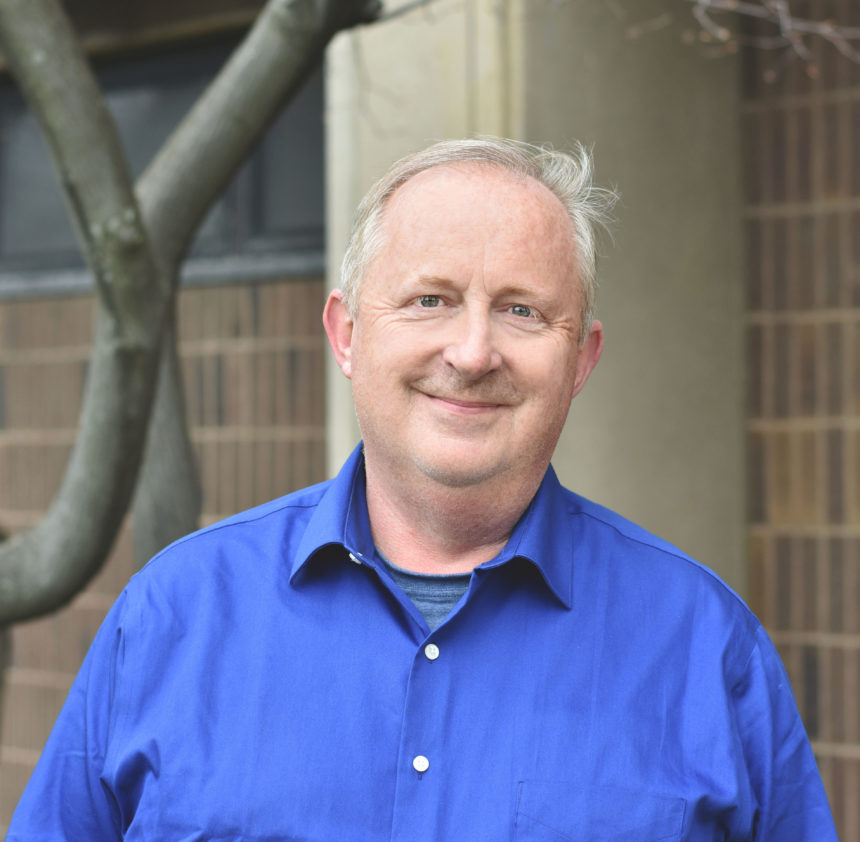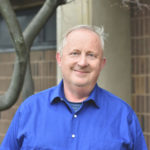
Recruitment and retention of qualified direct care staff is a universal challenge among senior care providers and national trends show no sign of employer relief. Assisted living and senior care facilities are facing unprecedented employee turnover rates. On average, assisted living facilities are seeing turnover rates of 31.71% across all positions and nursing home rates are even higher at 32.35%.
High direct care staff turnover is a critical organizational issue that cannot be ignored. Since hiring and training new employees is extremely costly, turnover hits the organization directly at its bottom line. Additionally, excessive turnover can lead to a lack of consistency of care and hinder residents’ ability to form lasting relationships with caregivers. Ultimately, these factors can all have a negative impact on quality of care.
Industry leaders recognize the human capital challenge to be among the greatest impediments to long-term fiscal viability and are looking for innovative answers. At St. John’s in New York, we have gone outside our industry to identify best practices to address this dilemma.
Take some risks
When I joined St. John’s, I was charged with the task of improving the new-hire process. The trouble with our system was evident: Many of the candidates who made it through the extensive recruiting and onboarding process contributed to half of St. John’s turnover by leaving within six months. They were not a fit. This led us to conclude that we did not have a retention problem — we had a hiring problem.
Before coming to St. John’s, I spent my 35-plus-year career in the manufacturing industry. I joined the senior care business with two preconceived notions of what it would be like. The first was that I assumed the leaders and employees would be decent people who cared about improving the lives of their residents. This is completely accurate. The second was that decision makers would be very resistant to new ideas and change. In this area, I could not have been more wrong.
The first step in addressing any struggle is to establish a culture that embraces change and is willing to take some risks. It’s crucial that, as an organization, you do not shut ideas down. To establish changes with lasting impact, you must have good communication and fully understand what drives your team.
We looked at the issue of recruitment through a manufacturing lens and began to wonder if we could apply manufacturing processes like the Toyota Production System (known as “lean manufacturing”) to the senior care industry. Lean is a method designed to minimize waste within a system without sacrificing productivity. The idea of applying lean manufacturing to the senior care industry was a risk. To try it, we needed a leadership team that was willing to experiment and had respect for its people. At St. John’s, these foundational elements were in place.
In November 2018, St. John’s instituted lean tools into its recruiting operations by:
- Process flow mapping: We looked at the recruiting process to identify bottlenecks and waste to determine what activities were slowing us down.
- Asking why: We questioned why (the 5 “Whys” of Lean) certain processes and practices were in place. We asked how they could be improved.
- Instituting visual control measures: Standard hiring measures, like supply and applicant inventory, were put into place for high-volume-hiring jobs in order to streamline the process and decrease the hiring timeline.
- Forecasting demand: Instead of waiting for a desperate need, we began to predict high-volume-hiring demand and measured this demand weekly.
These lean methods have reduced human resources costs by 27% and days to hire by a third since last fall. We continue to measure the outcomes of our recruitment and hiring processes and recognize that more improvements can be made. However, the changes made through the lean exercise have made a significant positive impact on employee recruitment.
Keep your employees top of mind
Apart from finding and hiring qualified candidates, the other side of human capital success is building a great place to work that fosters retention. High employee satisfaction is the linchpin of strong rates of retention. Providing a workplace culture where employees are encouraged to speak up and where members of management see it as their responsibility to listen, investigate, and respond is integral. The most efficient way for an organization to improve satisfaction rates is to look at employee pain points and develop a plan for addressing them directly.
With some of the savings generated from our lean process improvement work, we invested surplus resources into building our bench strength within the human resources function. Over the past few years, the St. John’s leadership team has been recognizing the impactful resident engagement work being done by our therapeutic recreation staff. Identifying the frequent positive feedback from resident families and the local media attention for our work in this area, we made a connection between our resident engagement practices and their potential impact on organizational culture. Hoping that the leading member of our TR team could bring some innovative ideas from that department into the arena of employee engagement, we recently created a new position, Director of Employee Engagement, with organization-wide purview.
Another improvement, which was based on a piece of staff feedback that we continually receive, is related to our provision of affordable healthcare options for our employees. Doctor visits, medicine, and procedures are a stressful expenditure within a high-deductible plan. To address this, St. John’s leadership added a telemedicine service, EZaccessMD, to our benefits package two years ago. EZaccessMD offers 24/7 telemedicine physician consultation, with on-demand mobile diagnostic teams, at home or in the workplace. It is available to all benefit-eligible employees, even if they do not access our healthcare coverage benefit, and it is offered at no cost to the employee. Since its adoption, EZaccessMD has been utilized more than 1,000 times by over half our employee base. This has not only led to increased employee satisfaction, but also to lower health insurance premiums for employees made possible by a sharp decrease in utilization.
We do recognize, however, that establishing one program is not enough. To prove to employees that we are truly dedicated to their well-being, a constant evolution and updating of practices is necessary. Our latest program addition is PayActiv, which St. John’s instituted earlier this year. In the senior care industry, limited compensation and high levels of debt are challenges for much of the workforce. PayActiv tackles this issue head on by allowing employees to access their pay prior to payday. This provides employees individual control of their wage access based on their financial needs. If necessary, an employee could work today and get paid tomorrow. In the three months since PayActiv was implemented, nearly 100 people have used the program, accessing more than $14,000 in funds.
We have also demonstrated our commitment to employee health by making a significant investment in our on-site fitness centers. We have state-of-the-art centers at each of our three main locations that are open all day, every day, and are offered at no cost to our employees. We also provide a variety of fitness classes on location as well. Every employee is introduced to these benefits as part of a comprehensive fitness center tour given at new employee orientation.
Overall, the key to managing turnover and retention challenges is taking strategic actions that foster employee motivation and on-the-job engagement. Engaged employees are loyal employees. You foster employee loyalty by ensuring that your team members feel heard and validated.
While there is no one solution that will completely solve the senior care industry’s current employment issues, what’s important is that organizations continue to review their individual processes to identify opportunities to refresh old, dated practices.
Dean Moore is the Human Resources Operation Manager at St. John’s, a full-service senior care provider with options that range from independent living to skilled nursing and hospice in Rochester, NY. He has been in the human resources industry for more than 30 years.





